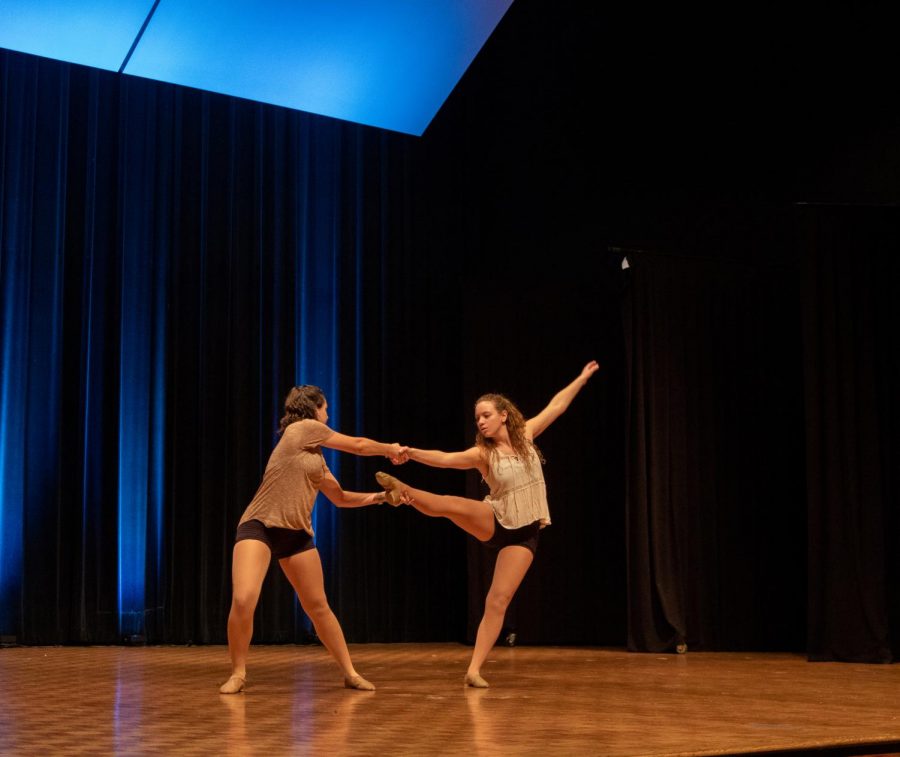
Special to the Tribune
The word “ragtime” evokes an era when the American dream, social justice and political change seemed just within reach.
“Ragtime” the musical is a powerful testament to the spirit, optimism and contradictions of the era at the end of the 20th century. The production depicts a world filled with hope and despair in equal measure, exploring themes that continue to resonate with audiences today: unequal wealth distribution, racial and social tension and the pursuit of happiness.
Running until Oct. 26, “Ragtime” marks an unprecedented move for The Milwaukee Repertory Theater. The presentation was deemed by the theater as “the largest and most epic production ever staged at The Rep,” and the show backs up the hype.
The musical originally debuted on Broadway in 1998 and went to be be nominated for 13 Tony awards, winning four, including Best Book of a Musical and Best Original Score.
Written by the composer-lyricist team of Lynn Ahrens and Stephen Flaherty, and based on E.L. Doctorow’s novel of the same name, “Ragtime” intertwines the stories of three families representing distinct social groups in 1920’s America: Coalhouse Walker Jr., an African American Harlem musician, Mother, a white upper-class matriarch in suburban New York and Tateh, a Jewish immigrant from Latvia.
Director Mark Clements’ rendition of the musical, not only captures the essence of its timeless story, but also enhances the understandings with impassioned performance.
During the Rep’s production, the audience was on the edge of their seats as the intimately small stage was animated with emotion. The performance began slowly, but soon awakened with bold visual choreography and a catchy tune, “Prologue: Ragtime” that ultimately demanded authority of the stage with booming vocals and an uplifting melody.
As the upper-middle class whites confidently sauntered onto the stage, each clad in pale, upscale attire, they were contrasted by the earthtone costumes that characterized the carefree African Americans, and the deep black of the solemn, yet determined Eastern European immigrants. While each of the groups were seperate in image and demeanor, they shared the stage throughout the opening song effortlessly, all proclaiming of shared ambition to reach the American dream.
As the plot progresses, the families encounter the societal problems of the early 20th century as they explore what it means to live in America. The plot begins to spin as ragtime musician Coalhouse Walker’s lover, Sarah, is taken in by Mother, along with the pair’s illegitimate child. Throughout the story characters come into contact with famous faces of the time including Henry Ford, Harry Houdini, the anarchist Emma Goldman and Evelyn Nesbit, a famous model and chorus girl.
Throughout “Ragtime,” characters experience an array of emotions as they face the injustices and tumultuous changes of the era. Standout performances include Jessie Hooker (Sarah) with a beautiful and powerful performance of “Your Daddy’s Son” and Gavin Gregory (Coalhouse Walker, Jr.) who begins Act II with an emotional and passionate version of “Coalhouse’s Soliloquy,” a powerfully angry number that rockets the show into a second act full of retribution and extreme acts motivated by the profound desires the time inspired.
Josh Landay’s compelling and likable portrayal (not to mention a solid accent) of immigrant Tateh and Carmen Cusack’s relatable, exceptional performance as Mother were both striking. Each prominant role, however, had standout moments, with fitting dashes of humor and emotion.
The set design of the play, though simple, proves useful for essentially every scene. Props are also cleverly utilized, especially in dancing scenes, to further enhance the visual aspects. Lights line the show’s entire set, establishing the mood and emotional setting.
The costume designers for this presentation of “Ragtime” decided to make a unique change in the outfits for a few scenes. Instead of styling the actors in formal clothes, they were decked in swimsuits and beachwear. While the change isn’t traditional for the show and is exclusive to the “Ragtime” at The Rep, the choice brought life and playfulness to the scene, offering a nice break from the more somber moments of the play.
Although the story of “Ragtime” takes place in the not-so-distant past, its messages and underlying themes are timeless. The conflicts are pertinent in today’s world, whether they are rooted in Coalhouse’s search for justice or Tateh’s determined quest for success and happiness. Mark Clements upholds the grandeur that is “Ragtime” and effectively represents its importance in American history.
“Ragtime” has been done many times in different places by people with different visions, but it’s The Rep’s unique take on the musical that makes it a worthwhile visit to the popular show and the charged time in American history that inspires it.







